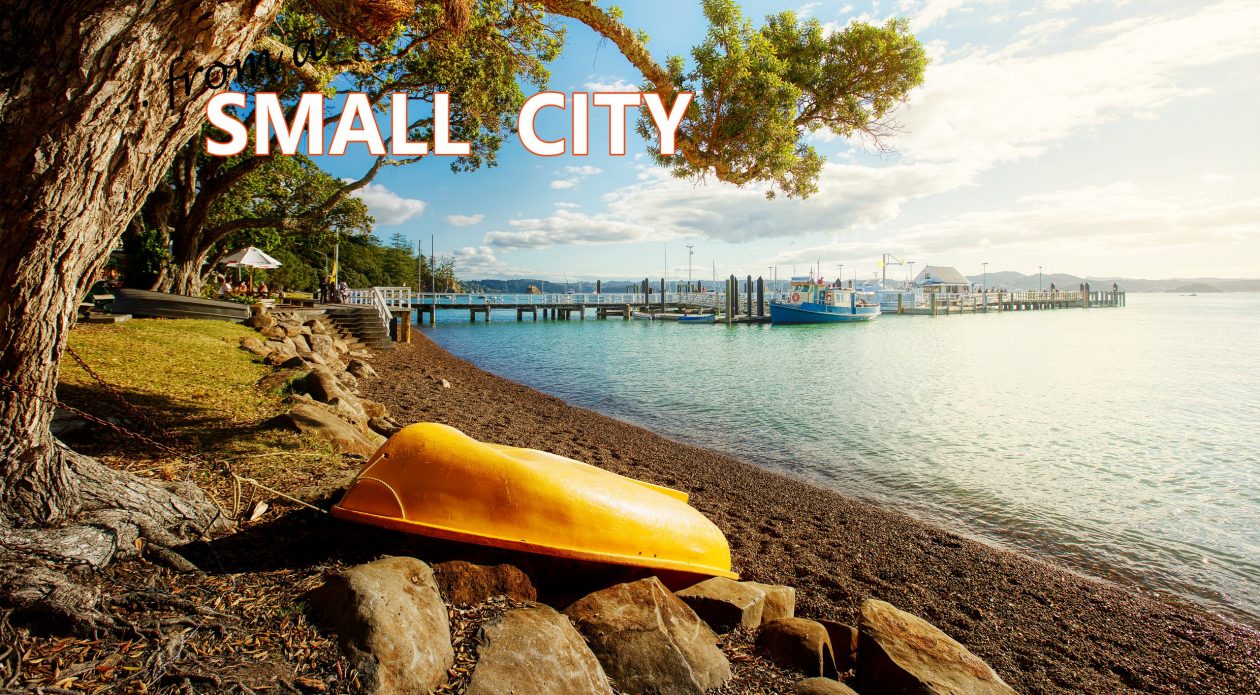 St Paul’s Cathedral and Municipal Chambers – Buy or view the Ōtepoti | Dunedin gallery
St Paul’s Cathedral and Municipal Chambers – Buy or view the Ōtepoti | Dunedin gallery
It was a cold and windy Sunday afternoon in early November, 1978 when I arrived in Dunedin. It was Guy Fawkes and soon the air was to be filled with all sorts of lights and noises that would make it hard to get a 2 year old to sleep.
That year across the world John Travolta and the Bee Gees had set dances floors alight with the disco hit Saturday Fever; the Sex Pistols had decided that after making one album playing together wasn’t fun anymore and split up, while across Europe at the Vatican, Pope Paul VI passed away after spending 15 years at the head of the Catholic Chuch.
In New Zealand the population had decreased to 3.1 million with the Prime Minister at the time being Robert Muldoon (this of course was years before he got drunk in parliament and called a snap election, which he lost!). Across the country people had been delighted with the national medal haul of 20 at the Commonwealth Games held in Edmonton – Canada, the band Hello Sailor produced the album of the year and Kawerau crooner John Rowles had been named vocalist of the year. The AM broadcast band had moved from 10 kHz to 9 kHz, a programme called Fair Go was the best information show on TV and the 85th National Chess Championships were held in Tauranga.
So, while Wellingtonian Craig Laird was winning the crowning glory of the New Zealand Chess world, a Dunedin man called Cliff Skeggs was starting his second year as Mayor of the southern city. That year the spring temperatures in Dunedin had fluctuated between extremes, this was something I was to find out much later was actually quite normal. Heading towards the end of spring that year, Dunedin had been cool and wet, however, the local trolley buses continued to rattle with prams precariously perched on the front and at the local supermarket you could purchase a kilogram of Ham Steaks for $4.50, three 750ml bottles of Coke for $1 and a head of lettuce for 35c. That November in town Hallensteins had a sale on men’s stubbies that featured a half elastic back, 1 hip pocket and came in colours of white, green and brown or fawn for only $5.99. The once popular Tuck-Inn Burger on Princess Street went into receivership. That year it would hail on Christmas Eve and snow on Good Friday in 1979.
All of this, I wasn’t aware of as being only 22 months old, mastering the art of walking and talking were much more pressing issues in my life up to that present point in time. The move my family made from Auckland that November day I was quite oblivious too and while I didn’t know it at the time, it would affect my life most wonderfully in the years to come.
I mention all of this because I recently found myself once again experiencing the same sense of wonderment as if I was taking Dunedin in for the first time. You see, back in March 2020, due to the Covid-19 pandemic, New Zealand shut its international borders to anyone who wasn’t a New Zealand citizen or permanent resident. Since then they have rarely been open and we have all been forced to take our holidays locally. Even the Prime Minister urged us all to ‘see our own backyard.’
I assumed she meant this figuratively and not literally. The possibilities started to spark in my mind. I could explore and experience Dunedin, reconnecting with its identity with all the fascination of a tourist while feeling all the comforts and insider knowledge of a local. I could write and photograph about my own backyard. After all, the Prime Minister had told me to do so and it didn’t seem right to argue with her. I would call it Jacinda’s Law. I particularly liked the idea of rediscovering all the nooks and crannies of Dunedin that I had forgotten about. I would set myself the challenge of posting a new photo every day on my blog from my beloved home. I also liked the thought of being able to answer people when they asked me why I was doing it. I would adjust my gaze over the horizon and say with a look of thoughtful confusion ‘because Jacinda told me too’.
 The Animal Attic – Buy or view the Ōtepoti | Dunedin gallery
The Animal Attic – Buy or view the Ōtepoti | Dunedin gallery
































